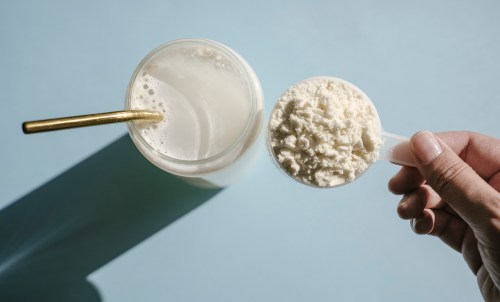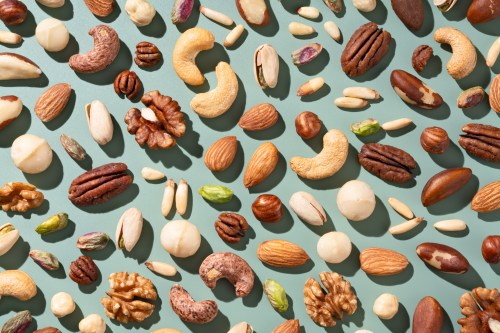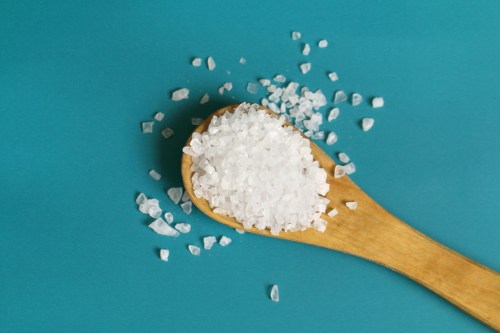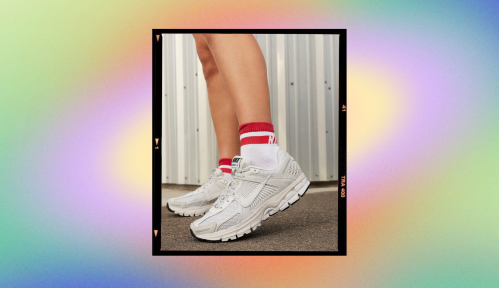I can say from experience that having a dairy sensitivity in 2010 was rough. The only two mainstream options were soy and rice milk (yum?), and starting-to-trend almond milk was still pretty hard to find outside of a Whole Foods. I have never liked soy milk, so 10 years ago, I had to decide if my grande Starbucks skim milk latte (okay, fine it was a frapp) was worth the upset stomach.
Pardon the pun, but holy cow how times have changed. The alt-milk aisle is more crowded than the line outside Glossier—and the industry is now worth an estimated $11.9 billion. Besides the diverse collection of nut milks now available (almond milk, macadamia milk, pecan milk, walnut milk), there’s also oat milk, coconut milk, brown rice milk, sesame milk, banana milk, and pea milk. Now, I can get a frothy oat milk latte at my local cafe in Raleigh, North Carolina, or buy the same quality stuff used by my barista to make my own alt-milk drinks at home. What a time to be alive!
Entering the new decade, the only “alt” question remaining is, what can’t we milk?
How we became so infatuated with dairy alternatives
“The growth of alternative milks was a perfect-storm situation,” says Mike Kostyo, a trendologist at food industry research firm Datassential. Kostyo says the alt-milk trend was born from another wellness trend: the rise in plant-based eating. “Consumers were moving away from the ‘all bacon all the time’ [mentality] and starting to embrace more plant-based options, so there was a clear opportunity for options like alternative milks,” he says. “Alternative milks as a whole have been growing pretty steadily over the past decade and now can be found on 13 percent of restaurant menus.”
Consumers have become even more conscious of what’s on the label, too. While 10 years ago, many shoppers blindly believed any health-washing on the front of the packaging (remember when we all thought Snackwells was a “healthy cookie”?), now, if a product has hidden sugars or filler ingredients, it often goes back on the shelf. That means that not only are more consumers reaching for plant-based milks, they are only interested in ones with simple, straightforward ingredients labels. (Read: “water, almonds.”)
Is oat milk truly healthy? Watch the video below to see what a dietitian thinks of the queen bee of alt-milks:
The popularity in alternative milks has led to an entire alt-dairy movement (a moovment, if you will…). Vegan yogurts (one of Well+Good’s Wellness Trends in 2018), cheese, and “nice cream” are now available in abundance at all major supermarket chains. Even larger, more mainstream brands are dipping their toes into the alt-milk market: Breakfast giant Quaker launched its own bottled “Oat Beverage” product in January 2019 (although discontinued it in mid-November), and Greek yogurt maker Chobani announced its own upcoming oat milk product in November.
Of course, the mass move to alt-milk hasn’t been without controversy. “Any time a category is disrupted there is going to be pushback and we’ll see the dairy industry start to more forcefully make the case for their products and develop new innovations in the years ahead,” Kostyo says. Case in point: The Dairy Pride Act, introduced to the House of Representatives in March by Vermont representative Peter Welch, wants to require the Food and Drug Administration (FDA) to enforce labeling standards on “misbranded” milk alternatives. (This has yet to be signed into law.)
What’s next for alt-milk
With the list of alt-milk options longer than a CVS receipt and a new decade on the horizon, it raises the question: Have we reached peak alt-milk? Kostyo, for one, doesn’t think so. “New varieties of alternative milks are being developed and increasing in awareness, so they likely haven’t peaked just yet,” he says. For example, the past few months have seen launches of a new chickpea milk, Elmhurst 1925’s new line of hemp creamers, and a new “blended” milk, that’s half-dairy, half-almond milk.
Michael Whiteman, the president of Baum & Whiteman and one of the country’s leading food industry consultants, agrees the trend is still on the up and up. “As with milk, so with butter, meats, and eggs … and next up is cheese. We’re looking at displacement of entire classes of foods in the years ahead,” he says. In other words, 10 years from now, grocery stores will likely be regularly stocking items such as pecan milk butter, oat milk cheese, and macadamia nut ice cream.
The expansion possibilities for this trend, it seems, are unlimited. You could say we’re milking it for all it’s worth.
Here’s how nut milks compare when it comes to sustainability. And here’s how they stack up when it comes to nutrition.
Sign Up for Our Daily Newsletter
Get all the latest in wellness, trends, food, fitness, beauty, and more delivered right to your inbox.
Got it, you've been added to our email list.











